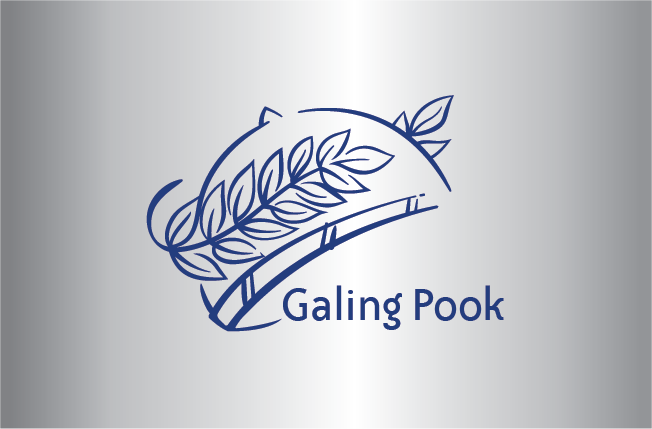
Balik-Biñan Project: Tourism Development through Heritage Conservation
City of Biñan, Laguna
2022
Around thirty-five kilometers away from Metro Manila, the City of Biñan is one of the top destinations for history and culture tours. As one of the oldest towns in the country, and a culture and heritage-rich city, Biñan has definitely imprinted itself as a must-visit city in Laguna.
The city houses some of the country’s largest industrial estates and export processing zones. It has also been known as a center of commerce in the province of Laguna due to numerous commercial establishments, banking institutions, and trading and shopping centers. And while Biñan continues to boom with its economy, the local government sees the importance of conserving and preserving its local heritage.
In general, the approach of the local government in this goal is two-pronged. On one hand, conserving and preserving their local heritage will build a solid identity and strong bond amongst its constituents. On the other hand, this will aid in their efforts in boosting their tourism industry. The city government of Biñan used history, heritage, arts, and culture in developing their brand of local governance.
In 2016, they started the Balik-Biñan Project and implemented major programs including the conversion of their old municipal building to a tourism complex called Sentrong Pangkultura ng Biñan. The complex now houses the Biñan City Museum and Library and the physical office of the Biñan City Culture, History, Arts, and Tourism Office (BCHATO).
The restoration of the historic Alberto Mansion and the revival of the Biñan Heritage District were also possible through the Balik-Biñan Project. Moreover, since the project is one of the flagship programs of the city government, it was necessary for them to conduct a comprehensive cultural mapping, craft a City Tourism Development Plan, and produce tourism and cultural publications and other materials. The city government took a step further in its efforts by engaging the barangays with their Culture-Based Governance Seminar for city and barangay officials.
Apart from the increase in the number of tourists, the project also introduced various initiatives that promote camaraderie and community participation. It transformed the community by reviving culture-traditions, products, and values. The strength of this shared identity was highlighted when civil society groups joined the local government in objecting to the conversion of heritage houses to commercial malls.
These were all possible through the policies and instruments set in place by the city government. Compared to other LGUs where offices concerning tourism and cultural affairs are functioning as a division, the BCHATO was established as a department within the structure of the city government. Moreover, people’s participation is also valued, the City Tourism Council, composed of representatives from different offices, private sector, and people’s organizations, is functional and works together with BCHATO for the initiatives under the project.
The Balik-Biñan Project not only preserves local heritage and its various creative expressions but it also integrates it with the economic and development plans of the city. It provides emphasis on building a strong and solid identity for the community and it has advanced to a new stage of influencing and challenging other local cultural workers, the youth sector and community leaders to truly understand their history and culture in all its diversity.
Through the Balik-Biñan Project and the LGU's culture-based governance, the city ensures to display its identity in every core project on education, health, agriculture, housing and infrastructure developments, peace and order, and economic development. For Biñan, history is a vital tool to understand the present, and to craft better programs and policies for the future.


